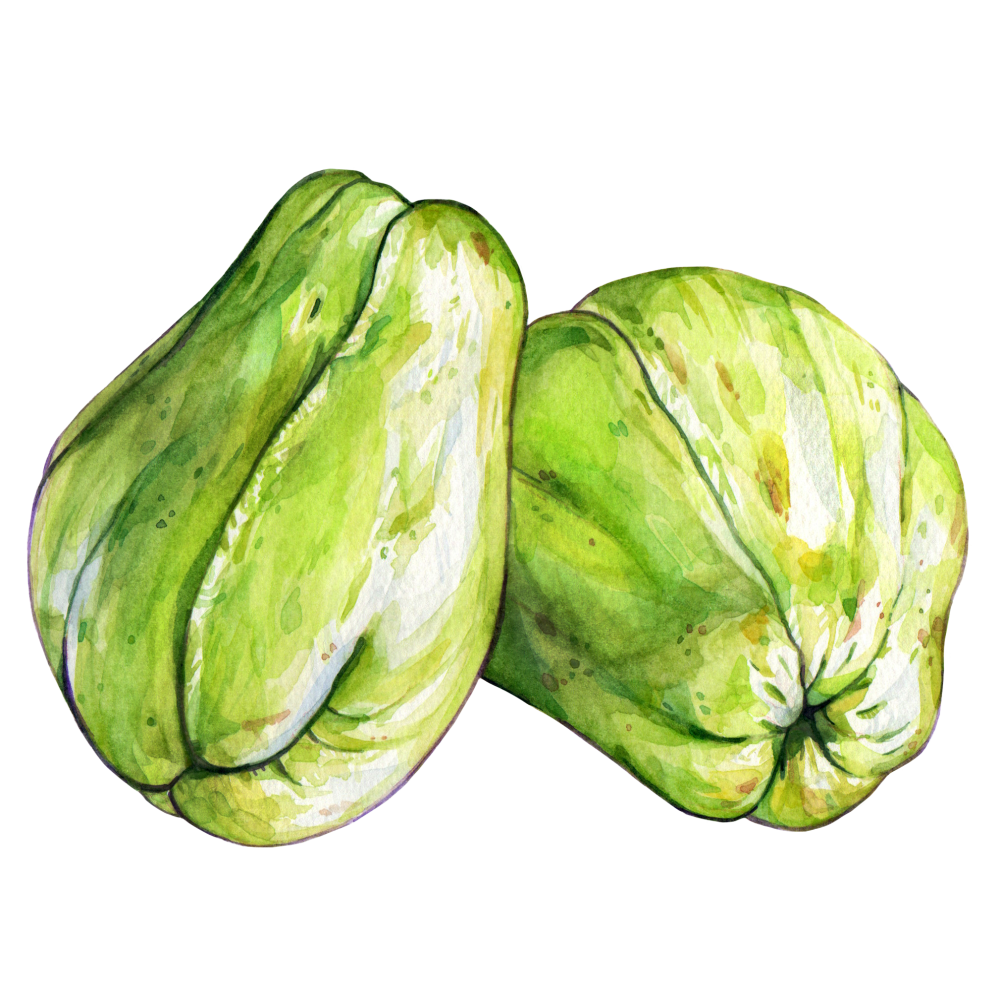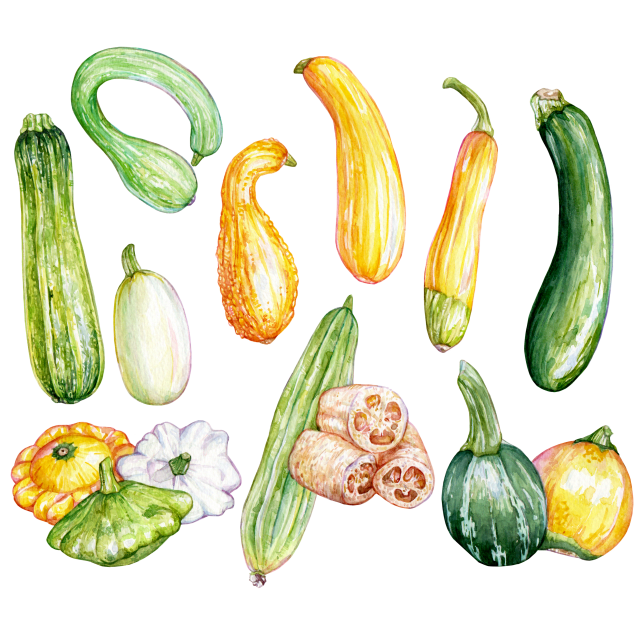Chayote

Latin name: Sechium edule
Other names: mirliton, pipinola, choko, vegetable pear, mango squash
Uses: vegetable
What is chayote?
Chayote is a lumpy, green, pear-shaped gourd that’s mild and crunchy and used raw or cooked in both sweet and savory dishes. As a type of summer squash, it's technically a fruit though it's often treated like a vegetable.
Why is chayote healthy?
Chayote is a good source of B-complex vitamins like thiamin, pyridoxine, and riboflavin, as well as minerals including iron, manganese, phosphorus, zinc, and copper. When eaten before and during early pregnancy, these nutrients can help prevent neural tube defects in newborn babies.
What does chayote taste like?
All parts of the chayote plant are edible, including the root and the tender vines. It’s the fruit that is widely available, which is crisp and firm (similar to the texture of jicama or water chestnut). A distant pumpkin cousin, chayote’s flavor is subtle, almost bland, a cross between cucumber (also a relative) and squash and apple. So it’s ideal for taking on other flavors.
How do I use chayote?
Cook it as you would any squash. It works well as a substitute for other starchy vegetables. Simply roast or grill chayote, chop it and toss with olive oil and pepper (salt it after it’s out of the oven). Some bake it with cheese and chiles, or stuff them like peppers. Peel the skin if preparing chayote for a salad. Put it in flavorful soups such as mole de olla.
What does chayote pair well with?
Chayote is a fairly blank canvas that goes well with cheese, breadcrumbs, onions, garlic, chiles, spices, and herbs.
Where does chayote grow?
A sun-loving perennial originating from Mexico, chayote was an Aztec staple now used all over the world. Chayote grows best in subtropical or tropical areas where summers are warm to hot. The prolific vines of one plant can produce 60 to 80 squash!
How to buy chayote:
Look for chayote that is a bright medium-green color (for the most common variety) and has no brown soft spots; it should be firm.
Fun chayote fact:
You can start your own chayote plant from the fruit: Leave it in a sunny spot until a shoot emerges. Once it’s about 6 inches, plant it in well-drained soil with the fruit buried and the sprout exposed. Keep in mind that it’s a climber, and prolific (some consider it invasive).





